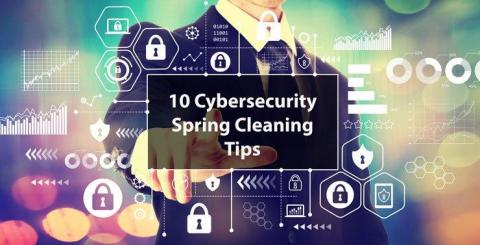5 benefits of integrating corporate SIEM systems
A company can accumulate massive amounts of information that security analysts are not able to monitor instantly. This can mean that priority security alerts either go unnoticed or are considered a false alarm because the appropriate technology is not available, which results in organizations failing to take action in time.




